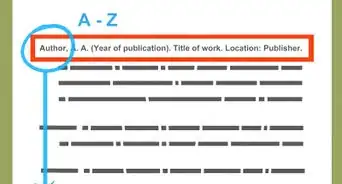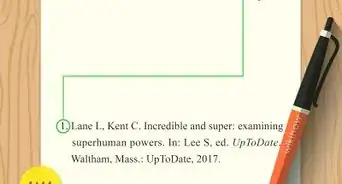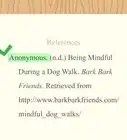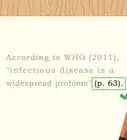This article was co-authored by wikiHow staff writer, Megaera Lorenz, PhD. Megaera Lorenz is an Egyptologist and Writer with over 20 years of experience in public education. In 2017, she graduated with her PhD in Egyptology from The University of Chicago, where she served for several years as a content advisor and program facilitator for the Oriental Institute Museum’s Public Education office. She has also developed and taught Egyptology courses at The University of Chicago and Loyola University Chicago.
There are 21 references cited in this article, which can be found at the bottom of the page.
This article has been viewed 26,178 times.
Learn more...
The correct way to cite a scientific journal depends on several factors. Before you begin, you will need to settle on a citation style and system for your article or paper. A few of the most common citation styles used in the sciences are CSE, AMA, NLM, and APA. Once you have picked your citation style, determine how journal articles are cited in that style. In-text citations are usually formatted differently from citations in the end reference list or bibliography.
Steps
Sample Citations
CSE Style
-
1Give in-line reference numbers for citation-name or citation-sequence. If you are using one of these systems, the only in-text information you need to provide is the location of the source within your reference list.[1]
- For example: Tortoises are susceptible to a variety of ectoparasites, including ticks and cloacal mites.[1]
- The format of the citation number may vary depending on the preferences of your instructor or editor. Citation numbers may be written in superscript or placed in brackets [ ] or parentheses ( ). Requirements also vary in terms of whether the number goes before or after the final punctuation.
-
2Provide the author’s name and year for name-year citations. If the works in your bibliography are not numbered, you will need to refer to the article’s author and the date of publication in your in-text citation. This will allow readers to find the source in your bibliography. This information goes in parentheses at the end of the sentence containing the reference, before the final punctuation. For example:
- For example: Appropriate treatment of ecto-parasitic infestations in tortoises depends on the severity of the infestation and the presence of secondary infections (Smith 2012).
- For 2 authors, separate the surnames of both authors with the word “and”: (Abernathy and Smith 2008). For 3 or more authors, provide the surname of the first author, followed by “et al.”: (Abernathy et al. 1998).
- If you cite multiple sources with the same name and date, distinguish between them by putting a lowercase letter after the date. E.g., (Smith 2008a), (Smith 2008b).
Advertisement -
3Order sources in your reference list according to your citation system. The order in which your citations appear in your end reference list will depend on the CSE citation system you are using. For example, if you are using a citation-name or name-year system, your sources will be ordered alphabetically by author. For a citation-sequence system, sources are listed in the order of citation.[2]
- For example, in a citation-name or year-name reference list, an article by Abernathy would be listed before an article by Smith, regardless of which article was cited first in your paper.
- In a citation-sequence system, sources are listed in the reference list in the order in which they were first referenced in your paper. So if the first article you cited is by Smith, this source would appear first in your reference list.
- Citations are numbered in the citation-name and citation-sequence systems, but not in the year-name system.
-
4Start your citation with the name(s) of the author(s). Even if your sources are listed in order of citation rather than alphabetically, the author’s name comes first. Put the surname first, followed by the first initial (e.g., Smith Z).[3]
- For an article with multiple authors, list the author(s) in the order given in the original publication. For example, “Smith Z, Robinson W, West D.” Put a period after the final initial in the list, to separate it from the source title.
- If the article has more than 10 authors, list the first 10, followed by “et al.”
-
5Write the article’s title after the author’s name. In the CSE style, the article title is not italicized or placed in quotation marks, and only the first word of the title should be capitalized (aside from proper nouns):[4]
- Smith Z. Common ectoparasitic infestations in Steppe tortoises.
-
6Put the title of the journal after the article title. In CSE style, scientific journal titles are abbreviated according to ISO (International Organization for Standardization) standards. The major words in the title are abbreviated, and insignificant words (such as “of”) are omitted. Journal titles are capitalized, but not italicized in this style.[5]
- For example: Smith Z. Common ectoparasitic infestations in Steppe tortoises. Faux J Vet Sci.
- To find standardized abbreviations for title words, consult the International Standard Serial Number database here: http://www.issn.org/services/online-services/access-to-the-ltwa/
-
7Follow the journal title with year, volume, issue, and location. “Location” typically refers to page numbers, but online journals may use some other type of location identifier (such as a “location number”). For journals that release multiple issues per volume, you will need to include the issue number as well.[6] In CSE style, the format is year date;volume(issue):location. The complete citation for a print article would look like this:[7]
- Smith Z. Common ectoparasitic infestations in Steppe tortoises. Faux J Vet Sci. 2012;303(1):42-78.
-
8Add extra location information for online journal articles. If the journal you are citing is published on the web, you will need to specify that it is an online publication and provide additional information about the location of the article. You will also need to indicate when you accessed or cited the article, since online information may change. A reference to an online journal article in in CSE style would look like this:[8]
- Smith Z. Common ectoparasitic infestations in Steppe tortoises. Faux J Vet Sci [Internet]. 2012 [cited 19 Dec 2017];303(1):42-78. Available from: fakejournalurl.org/303.01.
AMA Style
-
1Use superscript reference numbers for in-line citations. Assign numbers to each source in the order in which it first appears. If you cite a source more than once, always use the same number. Write the reference number in superscript and place it directly after the part of the sentence where you reference your source.[9]
- For example: According to Crusher, xenoviruses pose relatively little threat to human populations 3; however, Pulaski posits that genetic mutation could lead to the development of virulent strains. 5,17
- Put a space before the citation number. Citation numbers should be placed before mid-sentence punctuation (such as commas or semicolons) and after final punctuations (such as periods).
- If you cite more than one source at once, separate the citation numbers with a comma, but do not use spaces between the numbers.
-
2Arrange your reference list numerically in order of first citation. Each reference in your list should start with a number that matches the in-text citation number. Number the references according to their first appearance in the article, and do not create new numbers for subsequent citations.[10]
-
3Write author names in the order listed in the source. Each author name should be written surname first, followed by the author’s first 2 initials (e.g., Crusher BH, Pulaski K). For multiple authors, separate each author’s name with a comma. Do not put periods after author initials except for the final initial before the article title.[11]
- For articles with 1-6 authors, list the names of every author.
- For articles with 7 or more authors, list the first 3 authors followed by et al. For example, Crusher BH, Pulaski K, McCoy L, et al.
-
4Follow the author name(s) with the title of the article. Do not italicize the title or put it in quotation marks. Capitalize only the first word of the title and any proper nouns.[12] For example:
- Crusher BH. Xenovirus infection rates in recently established Alpha Quadrant colonies.
-
5Place the abbreviated journal title after the article title. In AMA style, journal titles are cited using the standard abbreviations that appear in the National Library of Medicine database. Italicize and capitalize all journal titles.[13]
- You can look up the title abbreviations for most journals here: https://www.ncbi.nlm.nih.gov/nlmcatalog/journals
- If your journal does not appear in the NLM database, construct the abbreviated title using standard abbreviations found in the ISSN database: http://www.issn.org/services/online-services/access-to-the-ltwa/
- For example: McCoy L. Shirt color as a predictor of mortality. Faux J Space Med.
-
6Finish with date and location information for a print journal. After writing the article title, add the year of publication, volume number, issue number, and page numbers for the article cited. If there is no volume or issue information, use the month of publication instead. Follow the format year;volume(issue):pages.[14] For example, your full citation should look like:
- McCoy L. Shirt color as a predictor of mortality. Faux J Space Med. 2018;20(4):345-578.
-
7Provide additional information for online journal articles. If the article you are citing is from an electronic journal, you will need to add further information about the article’s location and your date of access. Cite the article as you normally would, followed by the URL and the month, day and year when you last viewed the article.[15]
- For example: McCoy L. Shirt color as a predictor of mortality. Faux J Space Med. 2018;20(4):345-578. Fakejournalurl.com/20_4. Accessed May 10, 2018.
-
8Use a DOI for online articles with no volume or page information. If the journal does not have page numbers or volume information, provide a DOI (Digital Object Identifier) instead.[16] The DOI is usually written somewhere on the first page of the article, and appears in the format 10.xxxxx.
- You don't need to provide a URL or date of access if you have a DOI.
- If you can’t find the DOI, request it here: http://www.crossref.org/SimpleTextQuery/
- For example: Crusher BH. Xenovirus infection rates in recently established Alpha Quadrant colonies. J Fict Future Med. 2017. doi:10.xxxxx.
NLM Style
-
1Use endnote numbers for in-line citation-name or citation-sequence citations. The NLM system uses citation-name, citation-sequence, and name-year systems. If you are using a citation-name or citation-sequence system, place a number in superscript at the end of the sentence containing the reference, before the final punctuation.[17]
- For example: Before the development of germ theory, the causes of typhoid were poorly understood1.
-
2Give the author name and year for in-line name-year citations. Name-year or author-year citations in NLM consist of the author’s surname and the year of publication in parentheses. If you use this system, the reference list at the end of your paper will be ordered alphabetically by author name, and the sources will not be numbered.[18]
- For a single author: (Jeeves 2016).
- For 2 authors: (Jeeves and Wooster 2012).
- For more than 2 authors: (Jeeves et al. 2015).
-
3Order your reference list according to your citation system. If you use the name-year system or the citation-name system, your reference list will be in alphabetical order by the surname of the first listed author for each source. If you use the citation-sequence system, references will appear in the reference list in the order in which they were cited in the paper.[19]
-
4Start your reference list citation with the name(s) of the author(s). Write the surname of each author, followed by their initials. Include no more than 2 initials, even if the author has several. Initials should not be followed by periods, except for the final initial in the list. For multiple authors, list the authors in the order in which they are credited in your source. Separate each name with a comma.[20]
- For example: “Jeeves R, Wooster BW, Travers D.”
- List every author, even if there are more than 10.
-
5Follow the author name(s) with the article title. Aside from proper nouns, only the first word of the article title should be capitalized. Do not italicize the title or put it in quotation marks.[21] For example:
- Jeeves R. Typhoid epidemiology in 19th century London.
-
6Place the journal title after the article title. Capitalize the journal title, but do not italicize it. Words in the journal title should be abbreviated according to the guidelines in the NLM Catalog of Journals: https://www.ncbi.nlm.nih.gov/nlmcatalog/journals. Leave out any insignificant words, such as “of.”[22]
- For example: Jeeves R. Typhoid epidemiology in 19th century London. J Vic Immunol.
-
7Put date and location information after the journal title. NLM journal citations include the month and year of publication, the journal volume and issue numbers, and page or location numbers. The format is: year month;volume(issue):pages.[23]
- For example, a complete citation for a print article would look like this: Jeeves R. Typhoid epidemiology in 19th century London. J Vic Immunol. 2016 Feb;37(2):273-95.
-
8Include additional information for online journal articles. If the article you are citing is from an online journal, you will need to note the medium and location of the article. Write [Internet] after the journal title. After the page or location numbers, write “Available from:” followed by the article URL.
- For example: Jeeves R. Typhoid epidemiology in 19th century London. J Vic Immunol [Internet]. 2016 Feb;37(2):273-95. Available from: fakejournalurl.org/37-2.
APA Style
-
1Put author name(s) and publication year in in-text citations. The APA style uses parenthetical in-line citations. These include the author’s surname and the year of publication, separated by a comma. Place the citation in parentheses before the final punctuation of the sentence containing the citation. For articles with multiple authors, the format will vary depending on the number of authors:[24]
- For a single author: (Glossop 2011).
- For 2 authors: (Glossop & Bassett 2015).
- For 3-5 authors: List all authors for the first citation, e.g., (Glossop, Basset & Spode 2013). For subsequent citations, use the first author’s name followed by et al. E.g., (Glossop et al. 2013).
- For 6 or more authors: List the first author’s name, followed by et al. For example: (Glossop et al. 2006).
-
2
-
3Start the reference list citation with the name(s) of the author(s). Each author should be listed by their surname, followed by their initials. The initials should be separated from the author surname by a comma, and followed by a period. The format will vary depending on the number of authors. For example:[27]
- For a single author: “Glossop, R.”
- For 2 authors: “Glossop, R., & Wooster, B. W.”
- For 3-7 authors: “Glossop, R., Basset, W., & Spode, R.”
- For more than 7 authors, use ellipsis (. . .) in place of names listed after the 6th author, then write the name of the last author in the list. E.g., “Glossop, R., Basset, W., Spode, R., Wooster, B. W., Travers, D., Byng, S., . . . Haddock, E.”
-
4Add the publication year after the author name(s). The year of publication is placed in parentheses, separated from the author name(s) by a period. Put another period after the date. E.g., “Glossop, R. (2012).”[28]
-
5Write the article title after the date. Except for the first word of the title and any proper nouns, the title should not be capitalized. Do not put the title in quotes or italics.[29]
- For example: Glossop, R. (2012). On the psychology of the individual.
-
6Add the title of the journal and location information. In APA style, the journal title, volume number, and page range are all written together, separated by commas. The journal title is capitalized and italicized, and the volume number is also italicized. If the journal has separate issues, put the issue number in parentheses after the volume number.[30]
- For example, your complete citation might look like this: Glossop, R. (2012). On the psychology of the individual. Fake Journal of Old-Timey Psychoanalysis, 25(3), 852-897.
-
7Provide additional location information for online journal articles. If your article is from an online periodical, you will need to include either the article URL or the DOI (Digital Object Identifier). If the article has a DOI, place that after the page numbers. If there is no DOI, write “Retrieved from [Journal URL] after the page numbers.[31]
- With a DOI: Glossop, R. (2012). On the psychology of the individual. Fake Journal of Old-Timey Psychoanalysis, 25(3), 852-897. DOI:10.xxxxx.
- With a URL: Glossop, R. (2012). On the psychology of the individual. Fake Journal of Old-Timey Psychoanalysis, 25(3), 852-897. Retrieved from fakejournalurl.org/25-3.
- DOI numbers always start with the number 10, followed by a period and 5 other digits (10.xxxxx). The DOI is usually printed somewhere on the first page of the article.[32] You can also get help finding a DOI for an online article here: http://www.crossref.org/SimpleTextQuery/
Selecting Your Citation Style
-
1Check for any citation requirements. If you are writing a paper for a class or an article for publication in a book or journal, your professor or publisher may have citation style requirements. For example, if you are writing a paper for a biology class, your professor may specify on the syllabus or assignment sheet that you need to cite your sources in CSE (Council of Science Editors) style.[33]
- When in doubt, ask your professor or publisher what citation style to use.
-
2Select your style based on the topic, if there are no requirements. Some scientific disciplines use specialized citation styles. If you don’t have an assigned citation style, pick 1 of the styles most commonly associated with the subject you are writing about. Discipline-specific citation styles in the sciences include:[34]
- General sciences: CSE (Council of Science Editors)
- Psychology and social sciences: APA (American Psychological Association)
- Medical sciences: AMA (American Medical Association), NLM (National Library of Medicine)
- Biology: CBE (Council of Biology Editors)
- Chemistry: ACS (American Chemical Society)
- Mathematics: AMS (American Mathematical Society)
- Physics: AIP (American Institute of Physics)
-
3Consult a style guide to find out how to cite journal articles. Once you have figured out which citation style you are using in your paper or article, look up the correct format for citing a journal article. Journal articles are cited differently from other types of sources, such as books or edited book chapters. An article from an online journal may also require a different citation format from a print journal article.
- The basics of most citation styles are readily available online. For example, try doing a web search for “cite a journal article in AIP style.”
- You can also find style guides for many citation styles in libraries and bookstores. If you are having trouble finding a guide for a specialized citation style, consider ordering it through interlibrary loan.
-
4Determine which citation system you are using. Many science citation styles allow you to use 1 of 3 systems: citation-sequence, citation-name, or name-year. Talk to your instructor or publisher to find out which system to use within your chosen style. The system you choose will determine the way citations appear in your text, and the order in which your sources appear in your reference list.[35]
- In the citation-sequence system, sources are cited in-text with a number, either in superscript (1) or in parentheses (1) or brackets [1]. Each number refers to a source in your reference list at the end of the paper. The works in the reference list are numbered and presented in order of citation.
- The citation-name system works the same way as the citation-sequence system, except that the sources in the reference list are presented in alphabetical order by author. Therefore, note 12 (referring to an article by Smith) might appear in your text before note 1 (referring to an article by Abernathy).
- In the name-year system, sources are cited in-text with a reference to the author’s name and the year of publication (e.g., “Smith 2012”). The sources in the reference list are not numbered, and are presented in alphabetical order by author.
References
- ↑ https://writing.wisc.edu/handbook/documentation/doccse/citationsystems/
- ↑ http://www.scientificstyleandformat.org/Tools/SSF-Citation-Quick-Guide.html
- ↑ http://www.scientificstyleandformat.org/Tools/SSF-Citation-Quick-Guide.html
- ↑ https://writing.wisc.edu/handbook/documentation/doccse/
- ↑ https://writing.wisc.edu/handbook/documentation/doccse/
- ↑ http://www.scientificstyleandformat.org/Tools/SSF-Citation-Quick-Guide.html
- ↑ https://writing.wisc.edu/handbook/documentation/doccse/
- ↑ https://writing.wisc.edu/handbook/documentation/doccse/
- ↑ http://guides.lib.uw.edu/c.php?g=99161&p=642357
- ↑ http://guides.lib.uw.edu/c.php?g=99161&p=642357
- ↑ http://norris.usc.libguides.com/c.php?g=293795&p=1956819
- ↑ http://norris.usc.libguides.com/c.php?g=293795&p=1957133
- ↑ http://guides.lib.uw.edu/c.php?g=99161&p=642457
- ↑ https://library.tamu.edu/help/help-yourself/citing-sources/files/Using-the-AMA-Style.pdf
- ↑ http://guides.lib.uw.edu/c.php?g=99161&p=642330
- ↑ http://guides.lib.uw.edu/c.php?g=99161&p=642330
- ↑ http://libraryguides.neomed.edu/c.php?g=324025&p=2171254
- ↑ http://library.lmunet.edu/c.php?g=262938&p=1755750
- ↑ http://libraryguides.neomed.edu/c.php?g=324025&p=2171254
- ↑ http://libguides.logan.edu/citation_styles/nlm
- ↑ http://libguides.logan.edu/citation_styles/nlm
- ↑ http://libguides.logan.edu/citation_styles/nlm
- ↑ http://libguides.logan.edu/citation_styles/nlm
- ↑ https://owl.english.purdue.edu/owl/resource/560/03/
- ↑ https://owl.english.purdue.edu/owl/resource/560/05/
- ↑ http://guides.lib.monash.edu/citing-referencing/apa-sample-reference-list
- ↑ https://owl.english.purdue.edu/owl/resource/560/06/
- ↑ https://owl.english.purdue.edu/owl/resource/560/07/
- ↑ https://owl.english.purdue.edu/owl/resource/560/07/
- ↑ https://owl.english.purdue.edu/owl/resource/560/07/
- ↑ http://www.bibme.org/citation-guide/apa/journal-article/
- ↑ https://www.baylor.edu/lib/electrres/index.php?id=49231
- ↑ https://subjectguides.library.american.edu/c.php?g=175008&p=1154150
- ↑ https://subjectguides.library.american.edu/c.php?g=175008&p=1154150
- ↑ http://www.scientificstyleandformat.org/Tools/SSF-Citation-Quick-Guide.html
_sample.webp)
_sample.webp)

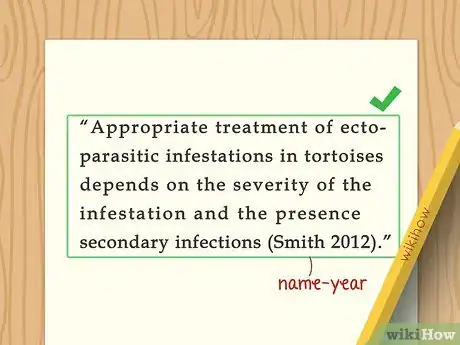
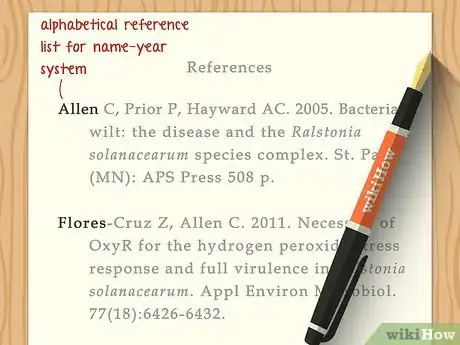
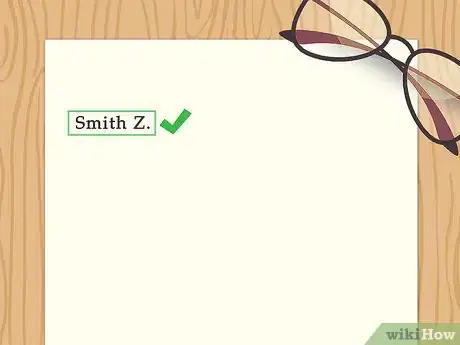
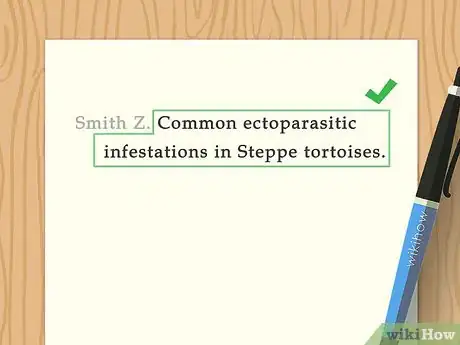


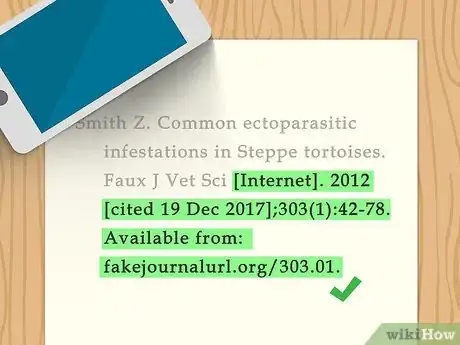





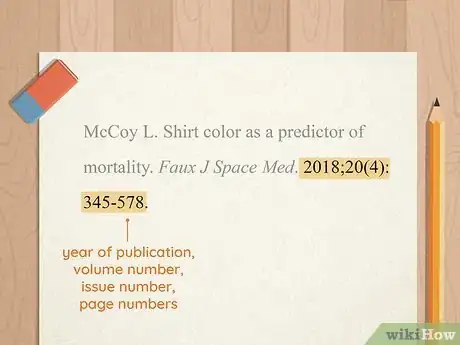
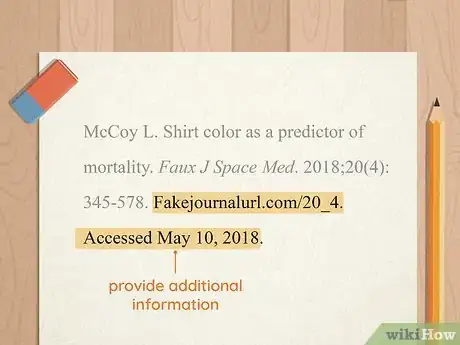

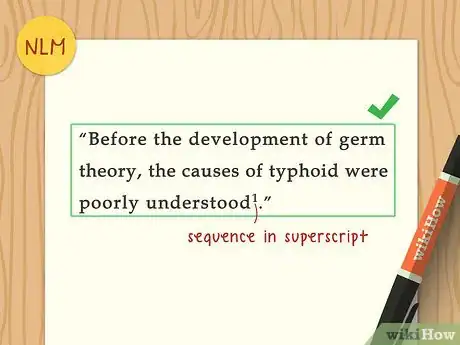

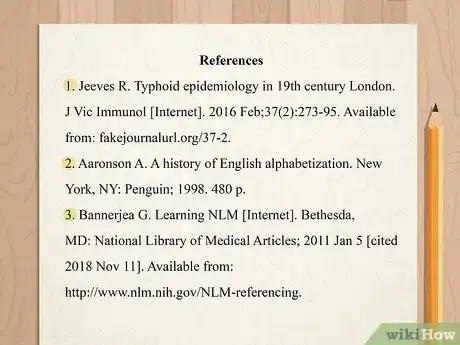
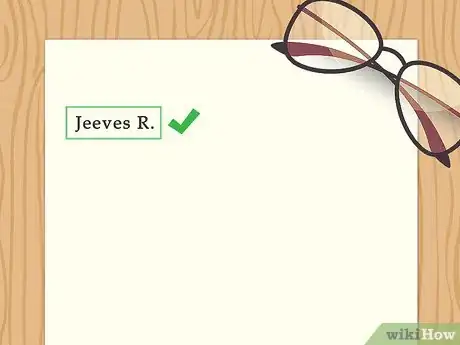
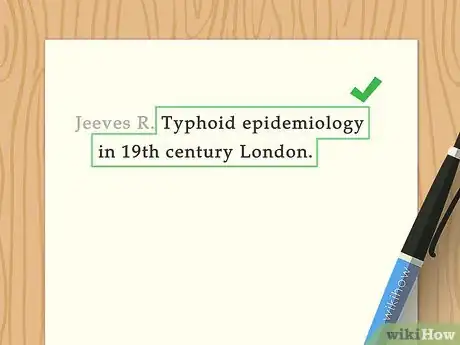

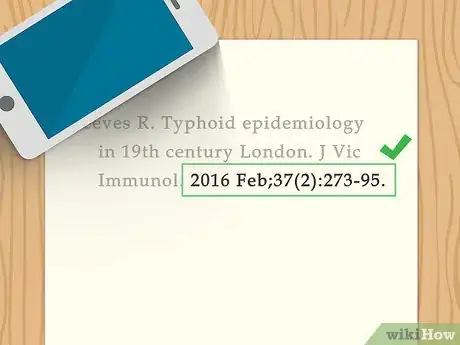
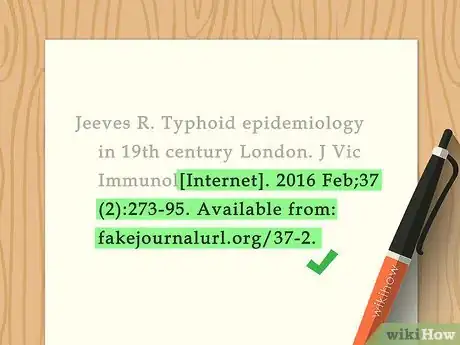



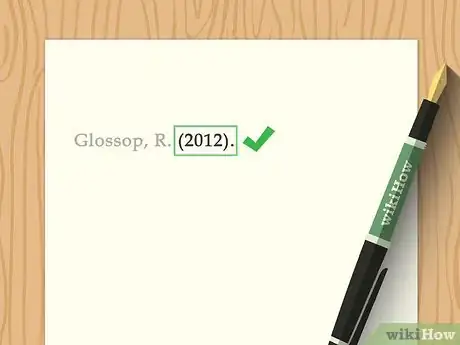
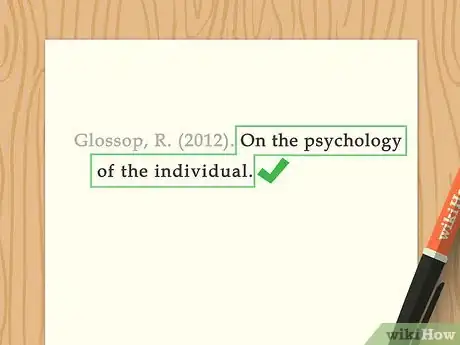
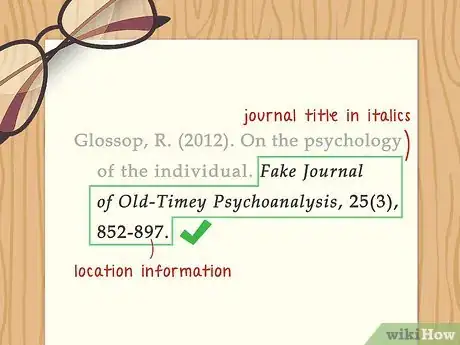
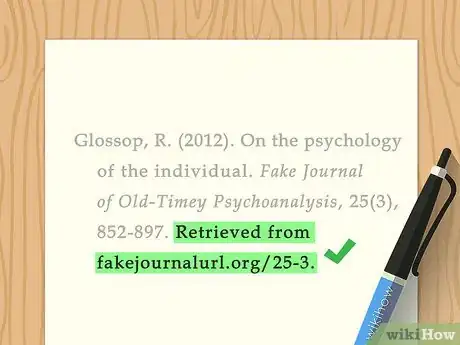
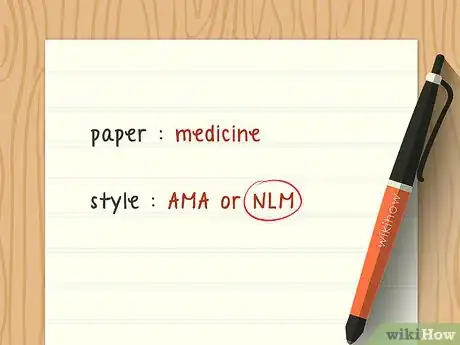



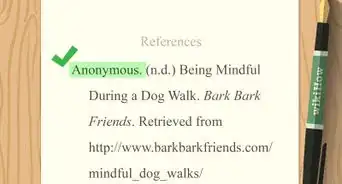
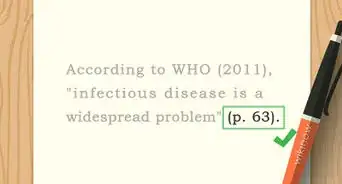

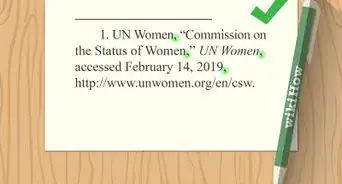


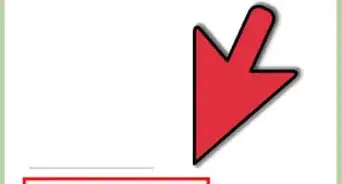
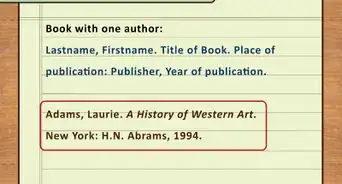

-Step-18.webp)

